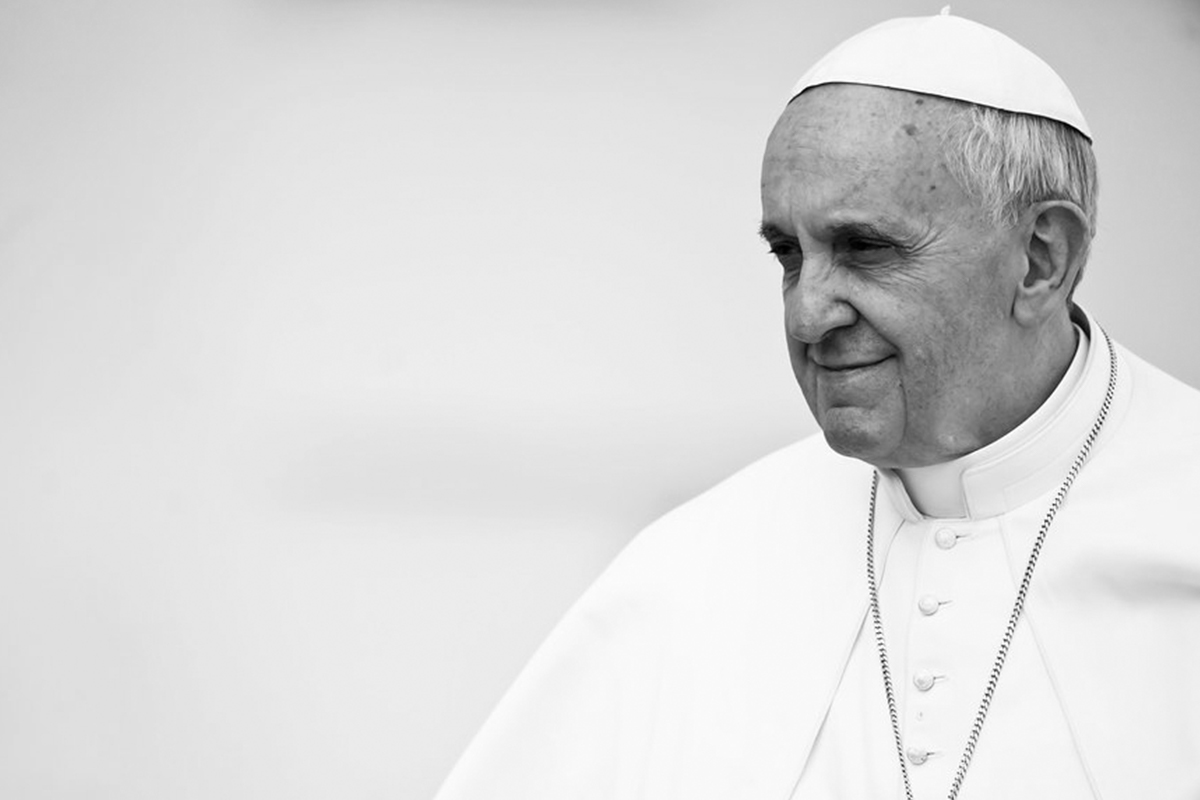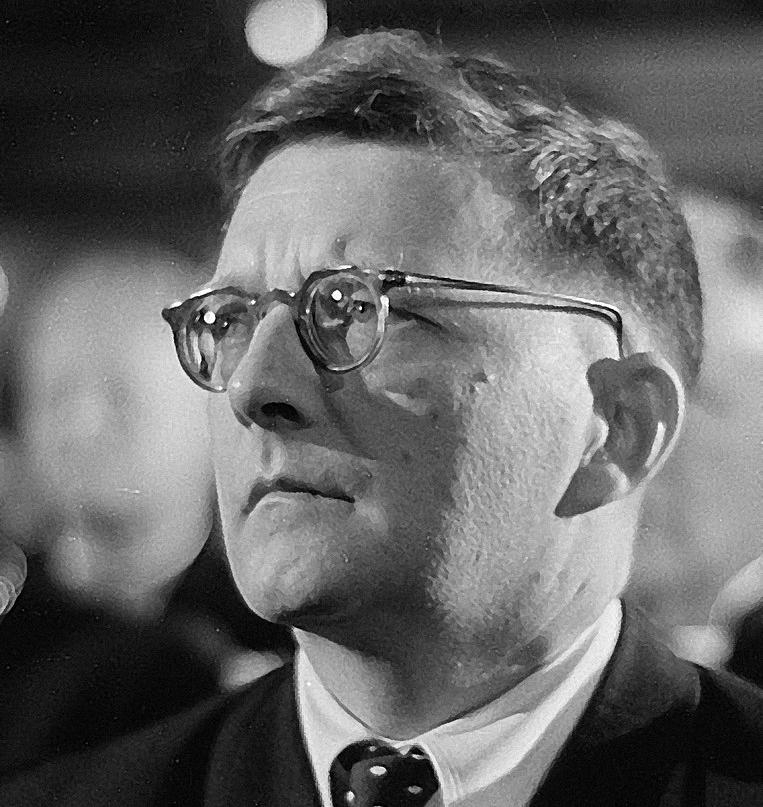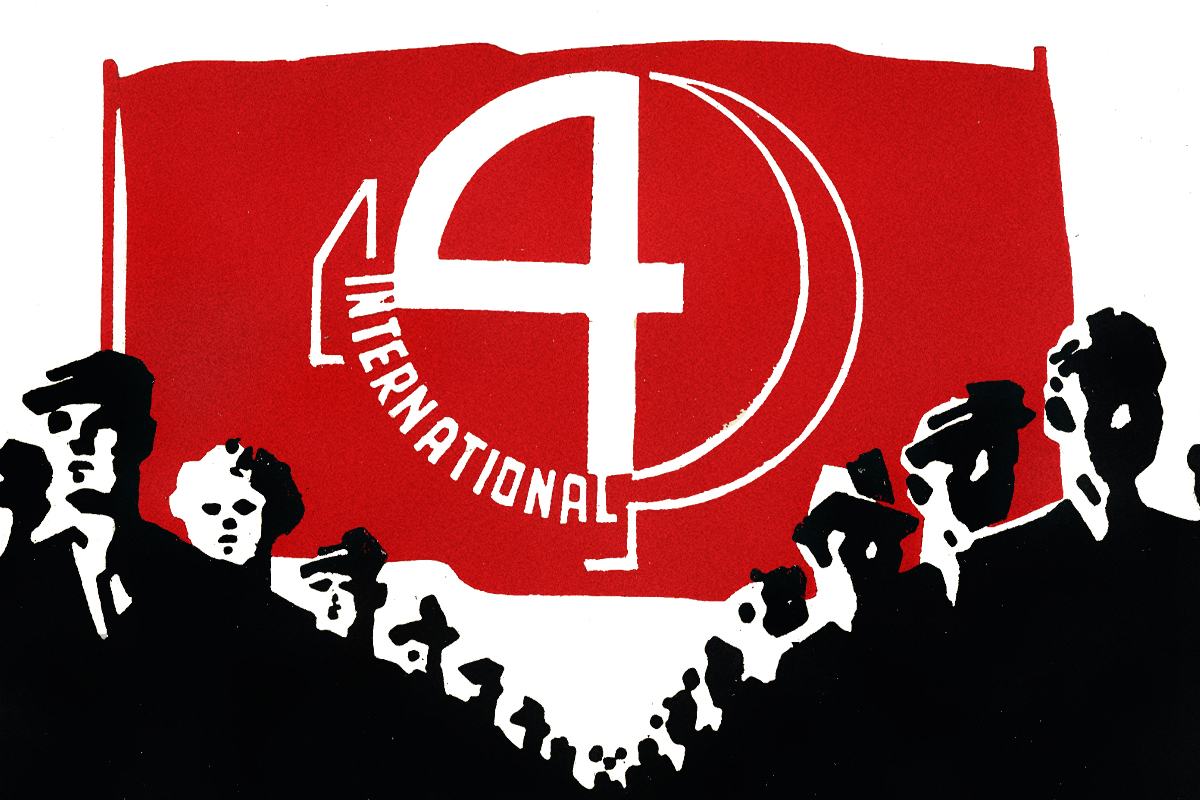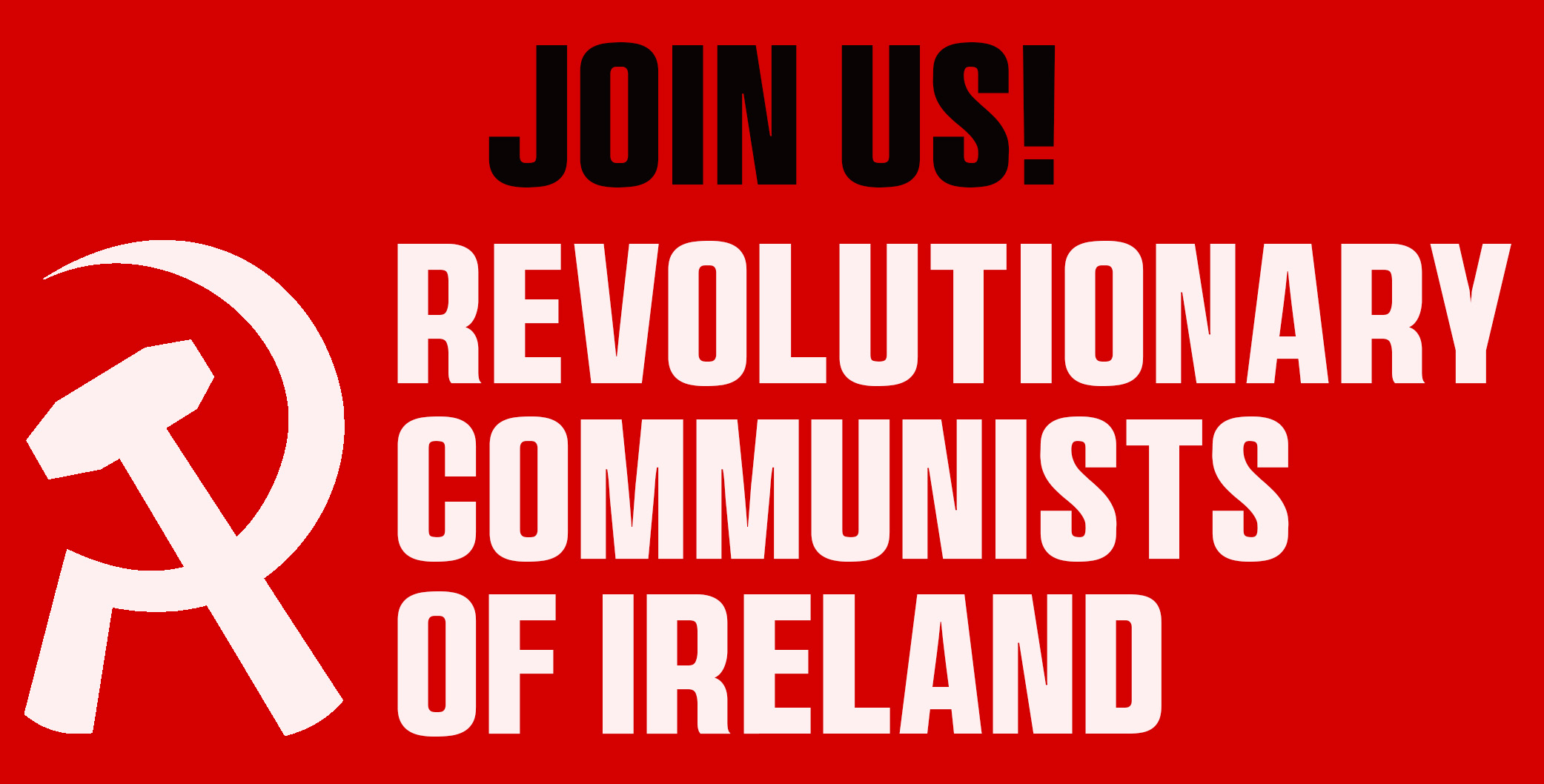On Monday 21 April, Pope Francis passed away at the age of 88. During his time at the Holy See, he had been charged with laundering the image of the Church, with giving it a ‘human face’, and stemming the crisis of that institution. Whatever else one thinks of him, he certainly executed his role with skill, but the job was itself impossible. The crisis of the Church continued apace and it will accelerate after his death.
After lying in state at St. Peter’s Basilica, Francis’ remains will be modestly buried at a chapel in the Vatican, as per his wishes, in a tomb that is “simple, without decoration”.
This is the image that Francis had cultivated since his days in Argentina, long before he came to the Vatican in 2013: a man who would break bread with the poor, who was not above using public transport as archbishop. When he moved into the Vatican, he shunned the more sumptuous quarters usually reserved for popes and instead moved into a modest guest room.
Francis, head of one of the wealthiest entities on Earth, wanted to be seen, paradoxical as it may seem, as a man of simplicity, humility and poverty: a man who feels the pain of the common people. His papal namesake indicated the image he wanted to project: that of the renowned man of poverty, St. Francis of Assisi.
To that end, he struck a different tone to his predecessors. He spoke about climate change, he spoke about his sympathy for refugees, he spoke about the horrors of war. He spoke about a lot of things, and very cleverly postured as a friend of the oppressed. Right up until the week of his death, he would host meetings with the Christian congregation in Gaza, meeting under a hail of Israeli bombs. He even seemed to make a few glancing remarks against capitalism, or at least its symptoms.
This has even led some simple souls on the left to lament the death of the so-called ‘socialist’ pope, adding their small voices to the chorus of praise from reactionary presidents, prime ministers, monarchs and right-wing media outlets the world over.
In fact, there was no more ‘socialism’ in the views of Pope Francis than in those of ‘God’s Rottweiler’ Pope Benedict XVI or in those of the Cold Warrior Pope John Paul II before him. On the contrary, he, like them, was the head of one of the most important institutions of capitalist rule, which itself is a giant capitalist enterprise. Like the system itself, the Church is in a deep and multi-faceted crisis.
But the Catholic Church has been an intimate part of the ruling class since the 4th century. Its fundamental role in class society has always been to offer the masses a paradise after death, while accepting hell on earth. Its task was to hold back the poor masses from rebelling against the rich and powerful in this world, whether they be feudal landlords or, later, capitalists. No organisation could maintain such a status without a certain genius for adaptability, without a dose of skill in manoeuvring through crises. Amidst growing class anger across the world, and anger directed towards the Church in particular, Francis was the man of the hour, charged with helping restore the Church’s reputation.
His choice of papal name had a certain piquancy in this regard.
When his namesake, Francis of Assisi, walked the streets of Rome in the 13th century, the Catholic Church was also in crisis. At that time, feudal society had reached its peak and was beginning to go into crisis. The Church was increasingly despised by the mass of urban and rural poor for its opulence, for its hypocrisy, and for its unstinting defence of the rule of lords and kings. Heretical sects began sprouting all over Europe, preaching sermons to the poor of class hatred of the rich.
So the story goes, Francis of Assisi stood in front of the San Damiano crucifix, and as he prayed he was startled as the voice of the Lord spoke to him from this icon: “Go repair my Church, which as you see is falling completely in ruin.”
St. Francis of Assisi took up his mission. Like the communistic heretical sectarians who roamed Europe, he appealed to the class feeling of the poor of Italy. His message to them drew from the early teachings of the Church: that the Kingdom of Heaven belongs to the poor, that God despises wealth. But in this case the poor were drafted in by the Franciscan Order… as the most ardent defenders of papal authority and of the status quo.
Like Saint Francis, Pope Francis also felt the calling to “repair the Church, which has fallen into complete ruin”, to restore it as a tool now for the defence of the capitalist order, and to restore its tarnished reputation among the poor and oppressed.
A mysterious white box
Pope Francis’ papacy began in crisis. In 2013, Pope Benedict XVI became the first pope to abdicate in almost exactly 600 years. The last pope to resign the role, Gregory XII, did so in 1415 in order to heal a schism in the Western Church. Pope Benedict XVI resigned for ‘health reasons’… or so it was alleged.
In fact, the timing of his departure was most convenient. The Vatican was at that very moment engulfed in the ‘Vatileaks’ scandal, which exposed the money laundering, corruption, bribery, embezzlement and tax evasion at the very heart of the Church’s murky finances.
But whilst Pope Benedict may have abdicated, he had no intention of moving out. No, he insisted on staying on as pope emeritus, a factional centre for continuous intrigues by the conservative wing of the Church until his own death in 2022.
These were the circumstances in which the white smoke went up on 13 March 2013, and the announcement was made that Argentine Cardinal Jorge Bergoglio, now Pope Francis, would succeed Benedict XVI as the new Bishop of Rome.
It isn’t very common for an outgoing pope to get to meet the incoming pope, but the circumstances of Pope Benedict XVI’s departure allowed pope emeritus to hand over directly to pope elect. At that handover, Benedict handed Francis a white box. “Everything is in here,” he told Pope Francis, “Documents relating to the most difficult and painful situations. Cases of abuse, corruption, dark dealings, wrongdoings.”
The box must have been large, or the documents inside it printed in very small print, because the charge sheet against the Catholic Church has grown long indeed over the decades. An enormous list of crimes and abuses, including the widespread sexual abuse of children and cover-ups, have engulfed the Church.
In many countries, such as Ireland, the Church has gone from an unquestioned authority to the object of universal hatred by the young generation. Across Europe and America, disgust at the crimes of the Church, and a general crisis of faith, have combined to thin the flock. In Germany alone, the Church has lost 3 million parishioners since the year 2000.
While the Church has lost followers in rich countries in Europe and America, it has continued to grow in poorer countries, particularly in Africa and Latin America. In fact, only one in five Catholics presently live in Europe while around 7 in 10 are in Latin America, Africa, and Asia. But a growing number of parishioners in poorer countries won’t fill the coffers of an organisation with growing costs, including pensions for its aging clergymen who are being replaced in declining numbers, and compensation costs hanging over it for past crimes.
Anyone worried about the finances of the Catholic Church can rest at ease, however. No one knows exactly how much the Catholic Church is worth – the Church itself has been very careful in disguising its business operations. But we do know that the Catholic Church owns enormous assets. The shepherding of souls is very profitable.
In Italy alone, the Church owns over 4,000 properties. Worldwide, it is estimated that the Church owns 277,000 square miles of property and land, an area bigger than Texas. The Catholic Church in Germany, despite losing so many parishioners, is still estimated to have a wealth of about €430 billion.
The wealth of the Church almost certainly runs into the trillions of dollars. And as the Vatileaks scandal showed, beneath a veil of secrecy the Vatican is a hotbed of money laundering, tax evasion, bribery and embezzlement.
The modern Catholic Church is a massive, profitable capitalist enterprise with all sorts of businesses and real estate attached to it. That it commits the same rotten business practices and malpractices as any other major corporation should surprise no one.
But even in Africa and Latin America, where the Catholic Church is finding new converts, it is also finding itself outflanked by evangelical sects.
Whereas the Catholic Church has upheld the rule of brutal oligarchies, while promising the poor salvation in the hereafter for a life of suffering, other sects, such as the Pentecostal Churches, have a more appealing message. These so-called ‘health and wealth’ churches offer the poorest the prospect that prosperity will be granted in this life as a reward for devotion.
This, in summary, is the situation Pope Francis inherited: a church engulfed in crises and scandals; running a deficit despite swimming in fabulous riches; consumed by doctrinal disputes, splits and internal intrigue; and with believers abandoning the faith in droves in many parts of the world.
At a time when every pillar of the establishment is becoming increasingly hated, the Church needed a man who could renew its image, who could give it a human face, who could turn its fortunes around. The career of Pope Francis prepared him for the job.
The pope and the ‘dirty war’
Pope Francis was born Jorge Mario Bergoglio in Argentina in 1936. He joined the Jesuit Order, aged 22, in 1958, and rose to the rank of ‘provincial superior’ of the Order, that is to say its head in Argentina, from 1973 to 1979.
He was thus head of the Jesuits at a time when Argentina was brought under the iron heel of the military junta led by General Videla. Some 30,000 people were murdered or ‘disappeared’ during the junta’s ‘dirty war’, first among them being communists, as well as militant trade unionists and intellectuals.
The junta also murdered a number of left-wing priests. This shouldn’t be surprising, as the same class divisions that run through society run through the Church. Among the lower ranks of the Church and the Jesuit Order were many priests whose sympathies towards the poor led them to directly oppose the regime, and even to take up arms against it.
The upper echelons of the Catholic Church, however, not only morally sanctioned the crimes of the junta – they directly assisted in murdering its opponents. Eye-witnesses have testified that cardinals went so far as to directly hand over priests to the regime to be murdered. The Church even made its private islands available for the Argentine navy to hide political prisoners during visits to the country by Human Rights Commissioners.
What role did Jorge Bergoglio, the future Pope Francis, play in these dark years? There is a great deal of murkiness surrounding his conduct. Some accuse him of being directly involved in the kidnapping of left-wing priests, including Orland Yorio and Francisco Jalics. Others have claimed he actually helped dissident priests escape Argentina.
Whatever his role in the disappearances, he did not raise his voice against the junta. If he was not directly complicit, this ‘friend of the poor’ was silent when the poor were being ground down and their leaders slaughtered.
But it was his later work that would qualify him in the eyes of the hierarchy to become pope, services that were rendered after the fall of the junta. When the junta fell, the Catholic Church was utterly stained by its complicity in the crimes of the regime. It needed a man who could launder its reputation: a ‘man of the people’ and ‘friend of the poor’.
Into this role stepped Jorge Bergoglio, who was made archbishop of Buenos Aires in 1998. Under his direction, the Catholic Church strained every effort to rehabilitate itself in the eyes of the masses. Bergoglio encouraged ‘slum priests’ to go out into the impoverished villas miserias to carry out charity work, to repair decrepit churches, schools and football pitches. He would speak to the poor residents, drink mate with them, and would wash and kiss the feet of prostitutes and drug addicts.
Having assisted in killing and imprisoning their leaders, the Church now brought in a man to console the poor and working class. Why did the same church hierarchy that had stained its hands with the blood of the desaparecidos, that had even murdered left-wing dissidents from the ranks of its clergy, choose for itself this ‘friend of the poor’?
In times of class struggle, of struggle between revolution and counter-revolution up to the point of civil war, the upper echelons of the Church hierarchy are always to be found with the rest of their class, with the ruling oligarchy, with the counter-revolutionary cutthroats.
But the Church hierarchy plays a wider role for the ruling class than simply blessing their most abominable acts with a little holy water. By demonstrations of munificence and charity, by teaching that the poor are blessed, that there is dignity and honour in poverty, and in patient submission to suffering in this life, which will save their souls for the next, the Church plays an enormous service for the ruling class. It offers solace if the masses reconcile themselves with their plight.
Pope Francis was an adept in this department. When the masses were engaged in revolutionary struggle against their exploiters and oppressors, he showed no sympathy for those left-wing clergymen who bravely broke with the Church hierarchy and joined the side of the working class and poor in Argentina or anywhere else in Latin America.
But when these brave men were no longer a threat because they were dead, Pope Francis would happily grant the masses a few crumbs of consolation. Thus, a martyr like Óscar Romero, the Archbishop of El Salvador, murdered by death squads for his opposition to the military regime, could be shunned by the hierarchy in life, while being harmlessly granted a sainthood by Pope Francis in death.
As a theologian at the University of Dayton in Ohio put it, his work as archbishop in Argentina gave him important experience for the task that would face him as pope:
“As archbishop, he faced a monumental task… If he can restore the credibility of the church there, he can handle the scandals that have befallen the church worldwide because he knows how to connect to the people”.
Without inquiring into Jorge Bergoglio’s intentions, his efforts to rehabilitate the Argentinian church, to transform it from a mortal enemy to a consoling ‘friend’ of the poor, represented an inestimable service to the ruling class that was skillfully executed. It qualified the archbishop of Buenos Aires for a higher calling: to clean up the tarnished image of the whole institution.
Deep divisions
In his career, Pope Francis certainly manoeuvred with skill without touching any of the fundamental tenets of either the doctrine or material interests of the hierarchy. He could bemoan the horrors of capitalism while preaching patient acceptance. “We have created new idols,” he lamented in one of his exhortations. “The worship of the ancient golden calf (cf. Exodus 32:1-35) has returned in a new and ruthless guise in the idolatry of money and the dictatorship of an impersonal economy lacking a truly human purpose.”
When it came to the bitter doctrinal disputes and internal power struggles inside the Church, he also proved an adept at presenting himself as a ‘reformer’ without being anything of the kind.
On homosexuality, he was lauded as a friend of the LGBT community when he famously said, “Who am I to judge?” and approved of blessing gay couples… while still opposing gay marriage. On abortion, he declared himself in favour of pro-choice Catholic politicians receiving the sacraments… while still opposing abortion as a mortal sin. He promoted women to more senior positions in the Roman Curia, the Vatican bureaucracy… while still opposing women priests.
And while attempting to show ‘transparency’ in the face of financial scandals, there is nothing Pope Francis could have done to clean up the rotten mess at the heart of the Vatican’s finances even if he intended to. The embezzlement, fraud, bribery, money laundering and other crimes uncovered go to the very core of the Church, and only reflect the rottenness of the whole capitalist system of which the Catholic Church is but one very wealthy and influential part.
Francis thus earned a reputation for a certain ‘humanity’, for sympathy for the poor and downtrodden, for being a ‘progressive’ and a ‘reformer’, and he even acquired a genuine popularity, without ever going beyond mere gestures.
But that’s as far as he could go. As head of an institution which is part of the ruling class, which shares in all its diseases, all its rottenness, in all its abuses and crimes, there was nothing he could fundamentally do to solve the crises eating away at the Church.
The mood of anger that the crisis of capitalism is feeding in society has turned on the Catholic Church like never before precisely under the papacy of Francis.
Let us just look at what were two of the most Catholic countries in Europe until recently. In Ireland, since Francis became pope, we’ve seen two referenda, one on gay marriage in 2015 and abortion rights in 2018, that dealt knock-out blows to the Church. In Poland in 2020, 500,000 people took to the streets demanding the right to abortion and an end to the links between church and state, whilst attendance of youth at Mass has collapsed.
In Latin America too, a massive militant movement of women, the Marea Verde, has fought for and won the right to abortion in Catholic Mexico, Colombia and Argentina, Francis’ home country. And whilst the Catholic Church has continued to grow, atheism has grown at a much faster rate across the continent.
As the unbearable crisis of capitalism forces the most downtrodden parts of society to rise to their feet to fight, they are turning their fury also against the Church, which surely has no equal in history in terms of the brutality and oppression it has meted out against women.
As the cardinals sit down to elect the new pope, all the contradictions Francis failed to quell will come to the surface. The intrigues, power struggles, the polarisation and splits between the ‘liberals’ and ‘conservatives’, between the declining but wealthier European and American Churches, and the growing but poorer African and Latin American Churches, all this could come to the fore.
For the working class, for the world’s poor, it is a matter of indifference to their interests whether the next pope will have the smiling face of a ‘reformer’ or the snarling features of an open reactionary. The institution of the Church and its hierarchy was, is and shall remain their enemy.




